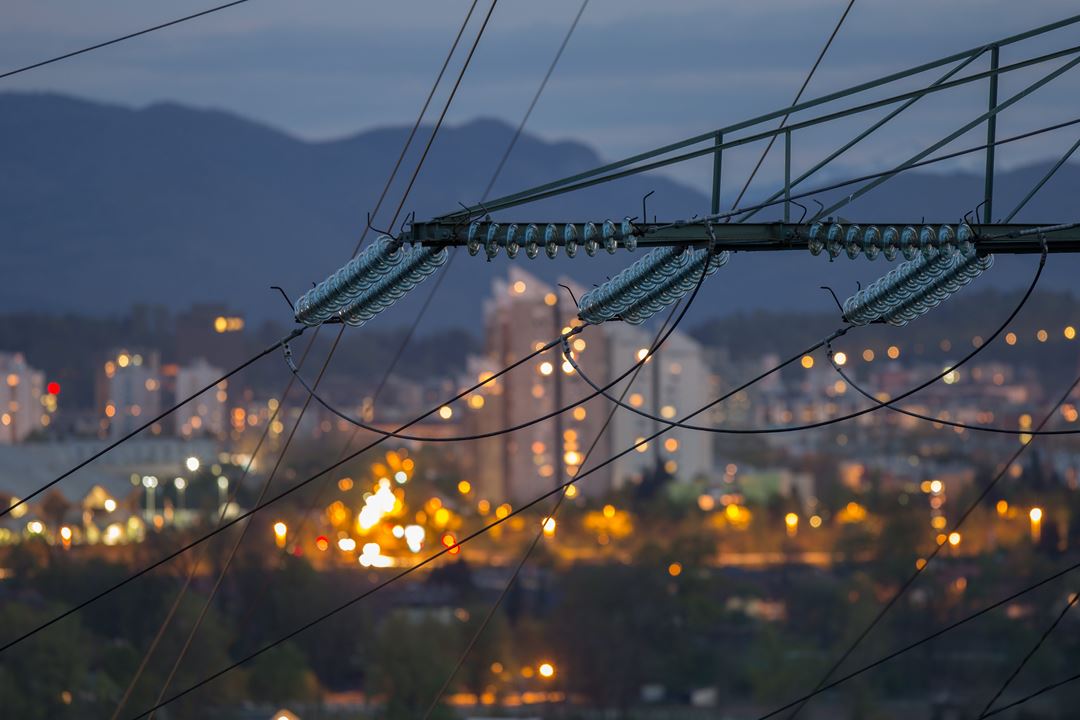In the knowledge-building project VulPro (Risk and Vulnerability Prognosis for power system development and asset management), SINTEF Energy Research has been collaborating with NTNU, Statnett, Landsnet and NVE to give power system planners new knowledge, methods and tools that capture the relationship between component condition and power system reliability.
Power system planning includes both long-term system development and mid-term asset management. Examples of decisions within power system development are where and when to reinforce or expand the grid, while mid-term asset management includes decisions about existing assets, such as when to renew or maintain power transformers.
Traditionally, the risk analyses used to inform mid-term asset management decisions focus (left-hand side of the figure below) on single components in the power system, for example transformers, but do not properly account for their importance for the reliability of supply. Risk analyses for power system development take a more high-level power system perspective that often neglect individual components and their characteristics (right-hand side of the figure below). They do not account for how a component’s condition influences its probability of failure and how this contributes to the risk with regard to the reliability of supply. VulPro has contributed to bridging this “gap” between individual components and the power system in analyses of reliability of supply.

The project has developed methodologies for estimating the risk with respect to reliability of supply associated to alternative asset management and system development decisions and how this risk may evolve over the next years and decades. For a popular science summary of the main results and conclusions from the project, see this blog post. The project results are also summarized in a slide deck of one-page summaries:
- Summary of the results from the VulPro project
- The impact of the technical condition of power transformers on the reliability of supply
- Risk based asset management strategies
- The combined impact of mid-term asset management and system development on reliability of supply
- Modelling the outage duration of power transformers
- Simulating rare interruption events in reliability of supply analysis
- Capturing the relationship between component condition and power system reliability – transformers vs. circuit breakers
- The impact of high-voltage circuit breaker condition on power system reliability
Blog posts:
- “When should I replace an old transformer?”, J. Foros, I. B. Sperstad, #SINTEFblog, 2022.
- “Hvordan påvirker teknisk tilstand til transformatorer leveringspåliteligheten?” H. Toftaker, #SINTEFblogg, 2023.
Webinars:
- “Risiko, nett-utnytting og samanhengen mellom komponenttilstand og leveringspålitelegheit – resultat frå KSP-prosjektet VulPro”, Iver Bakken Sperstad, Ivar Bjerkebæk, Erlend Sandø Kiel, CINELDI-webinar, SINTEF, 2024.
Code:
Conference and journal articles:
- “Accounting for uncertainties due to high-impact low-probability events in power system development”, I. B. Sperstad, G. H. Kjølle, E. Ø. Norum, Electric Power Systems Research, vol. 193, p. 107015, 2021.
- “Accounting for component condition and preventive retirement in power system reliability analyses”, H. Toftaker, J. Foros, I. B. Sperstad, IET Generation, Transmission & Distribution, vol. 17, no. 9, 2023.
- “Integrating component condition in long-term power system reliability analysis”, H. Toftaker, I. B. Sperstad, in Proceedings of the 32nd European Safety and Reliability Conference (ESREL 2022), Dublin, 2022.
- “Health index calculation using failure modes, effects, and criticality analysis for high-voltage circuit breakers”, J. A. Grant, I. B. Sperstad, J. Foros, V. V. Vadlamudi, in Proceedings of the 33rd European Safety and Reliability Conference (ESREL 2023), Southampton, 2023.
- “A transformer outage duration model with application to asset management decision support”, E. S. Kiel, M. D. Catrinu-Renstrøm, G. H. Kjølle, in Proceedings of the 33rd European Safety and Reliability Conference (ESREL 2023), Southampton, 2023.
- “A Monte Carlo sampling procedure for rare events applied to power system reliability analysis”, E. S. Kiel, G. H. Kjølle, in 2023 IEEE PES Innovative Smart Grid Technologies Europe (ISGT EUROPE), 2023.
- “Estimating uncertainty in reliability of supply analyses considering component condition”, H. Toftaker, I. B. Sperstad , G. Kjølle, in Proceedings of the 33rd European Safety and Reliability Conference (ESREL 2023), Southampton, 2023.
- “Reliability Assessment Combining Importance Resampling and the Cross Entropy Method”, I. Bjerkebæk, H. Toftaker, Electric Power Systems Research (presented at the 2024 Power Systems Computation Conference (PSCC2024), vol. 234, p. 110722, 2024.
- “High-Voltage Circuit Breaker Condition-Dependent Failure Rate with Covariates”, J. A. Grant, H. Toftaker, S. Perkin, I. B. Sperstad, V. V. Vadlamudi, presented at the 2024 Annual Reliability and Maintainability Symposium (RAMS2024), Albuquerque, 2024.
- “Simulating the Long Term Effect of Asset Management Strategies on Reliability of Supply”, I. Bjerkebæk, I. B. Sperstad, H. Toftaker, G. Kjølle, 2024, TechRxiv (pre-print).
- “The impact of high-voltage circuit breaker condition on power system reliability indices”, J. A. Grant, I. B. Sperstad, V. V. Vadlamudi, S. Perkin, E. S. Kiel, IET Generation, Transmission & Distribution, vol. 18, no. 23, pp. 3980-3994, 2024
Master theses:
- “The Cross Entropy Algorithm Applied to Monte Carlo Simulation of Power System Reliability“, I. Bjerkebæk, Master thesis, Norwegian University of Science and Technology, Trondheim, Norway, 2023.

